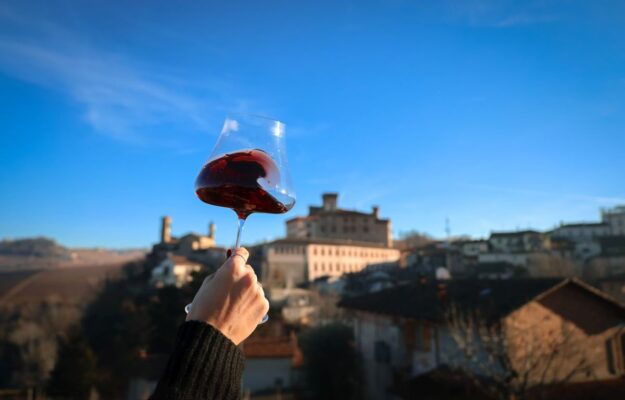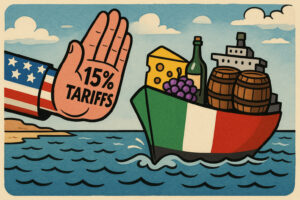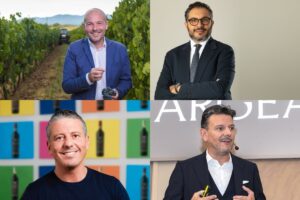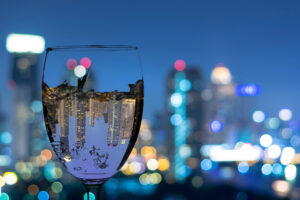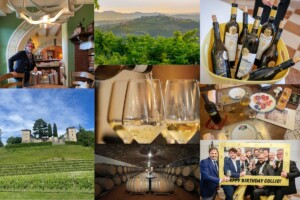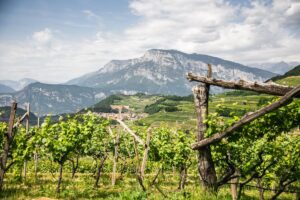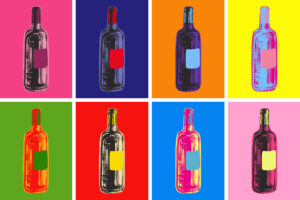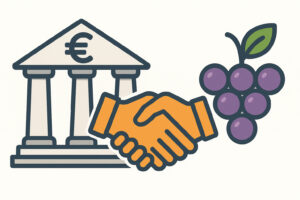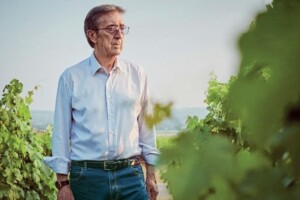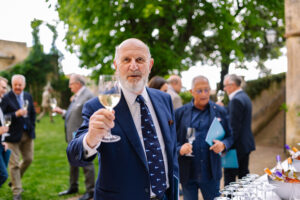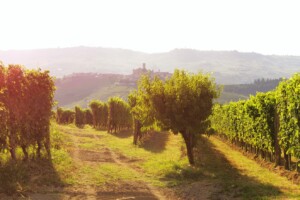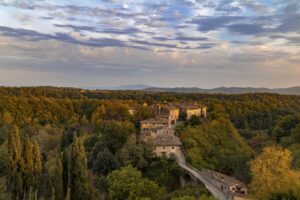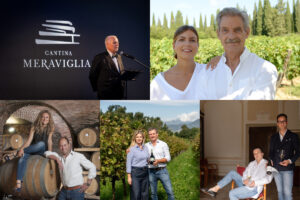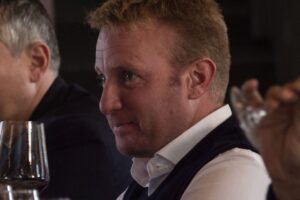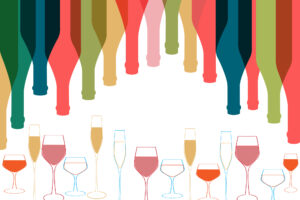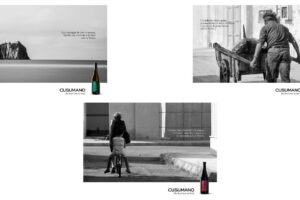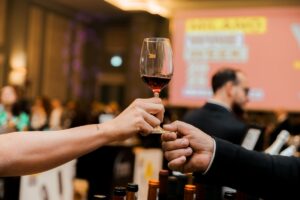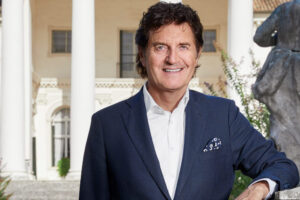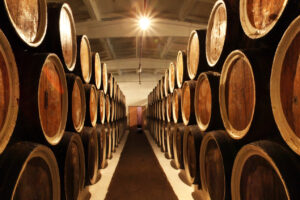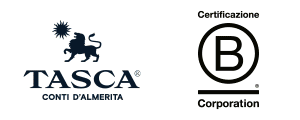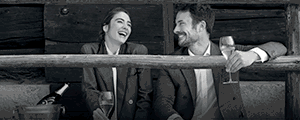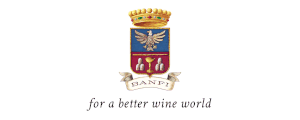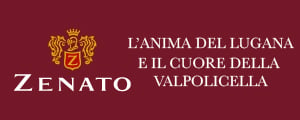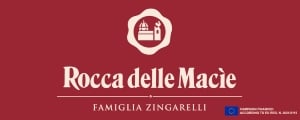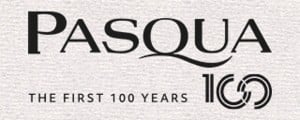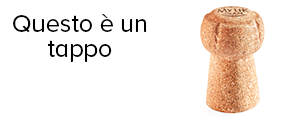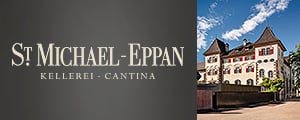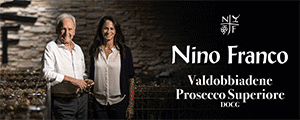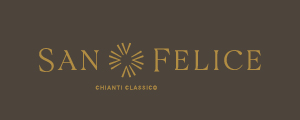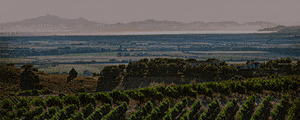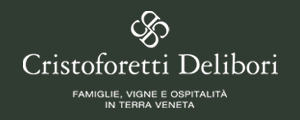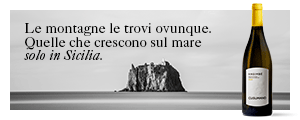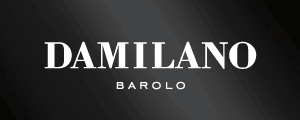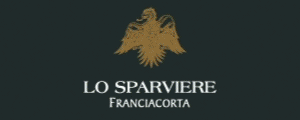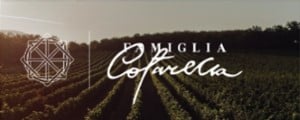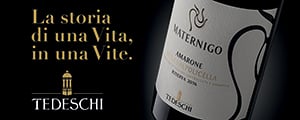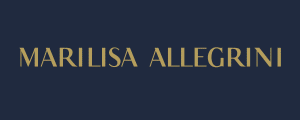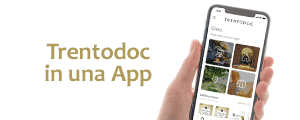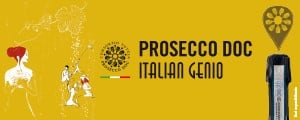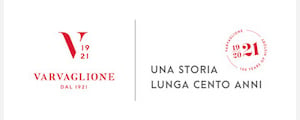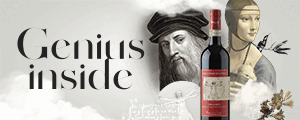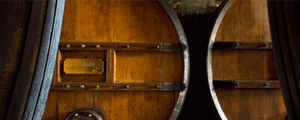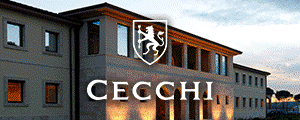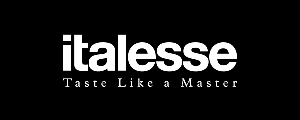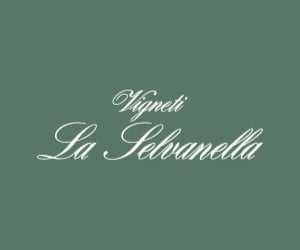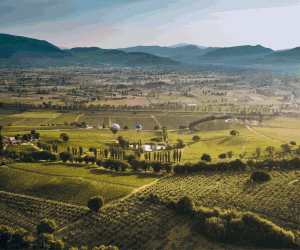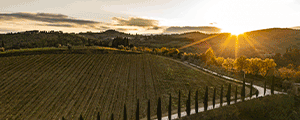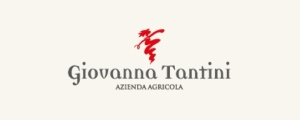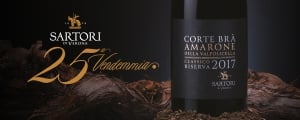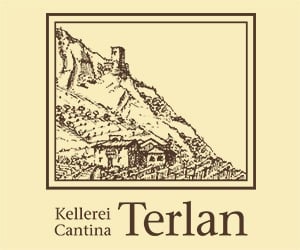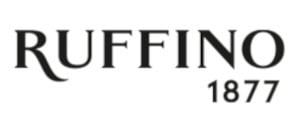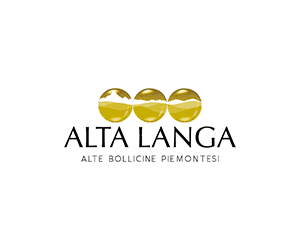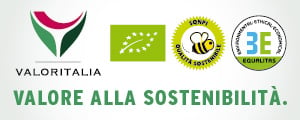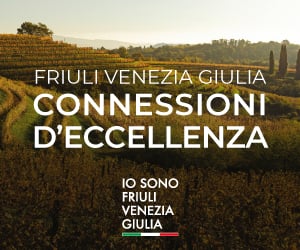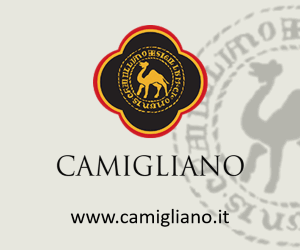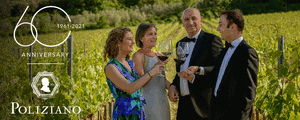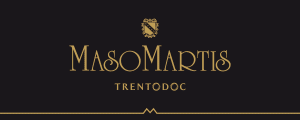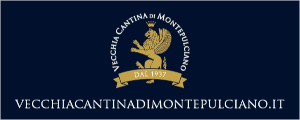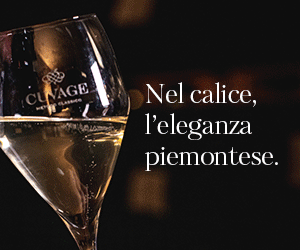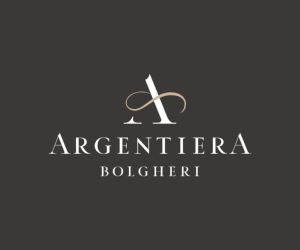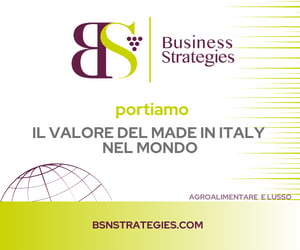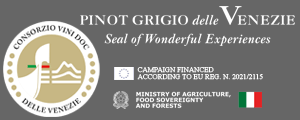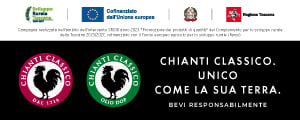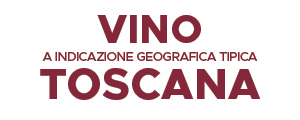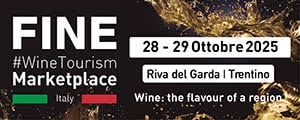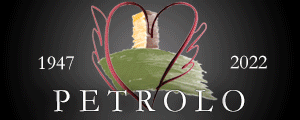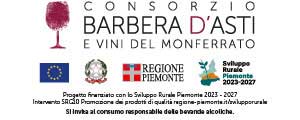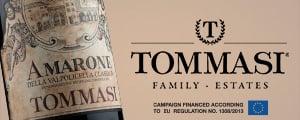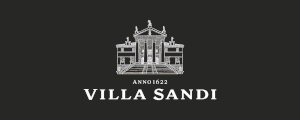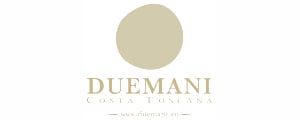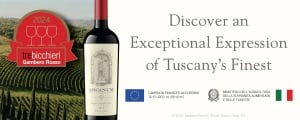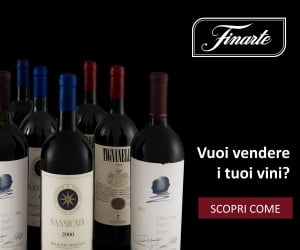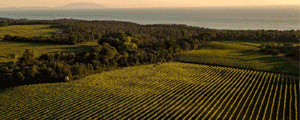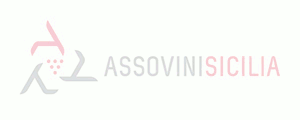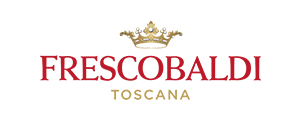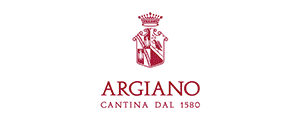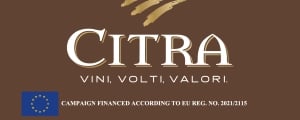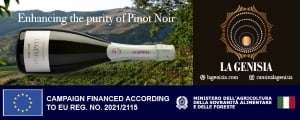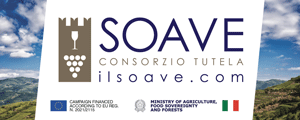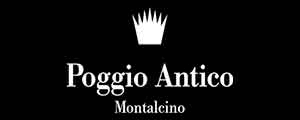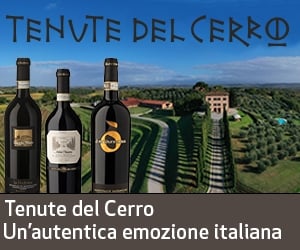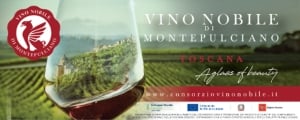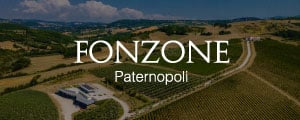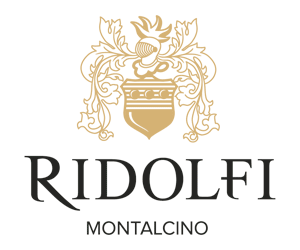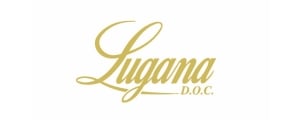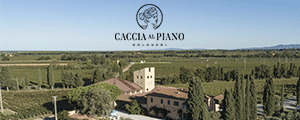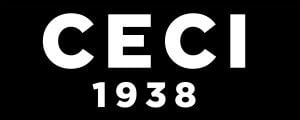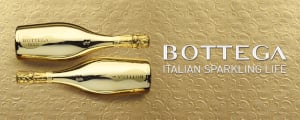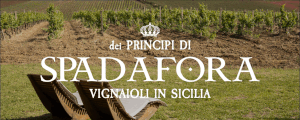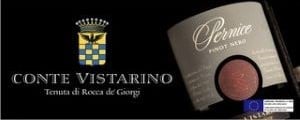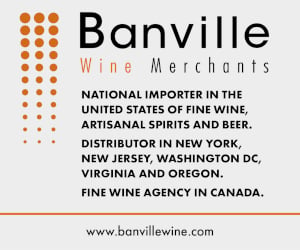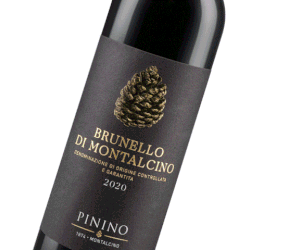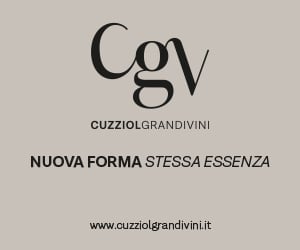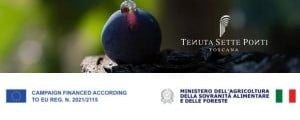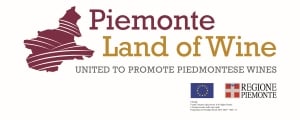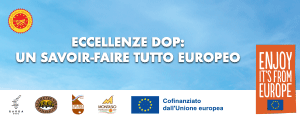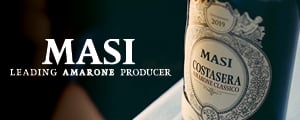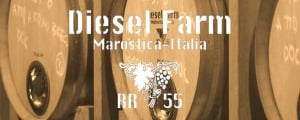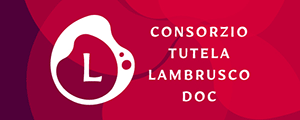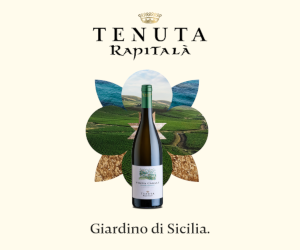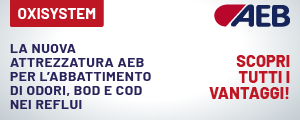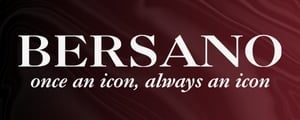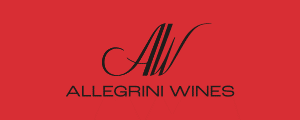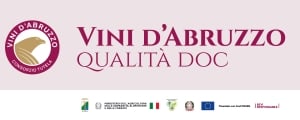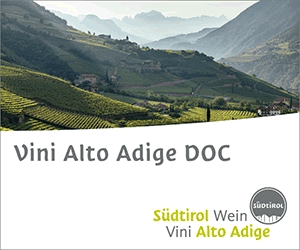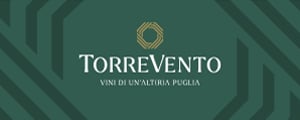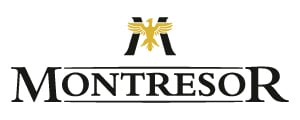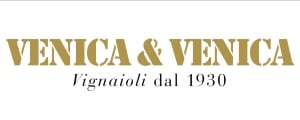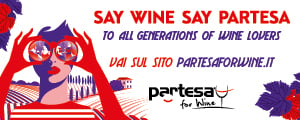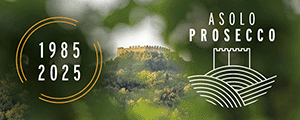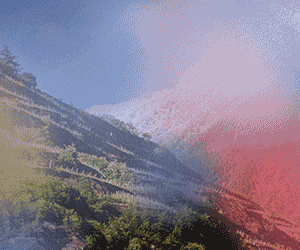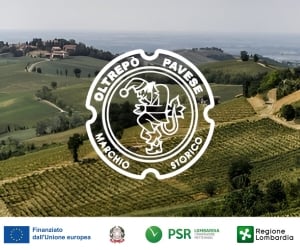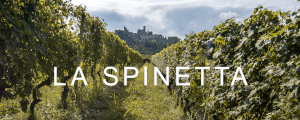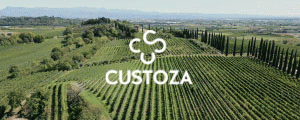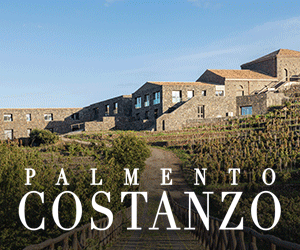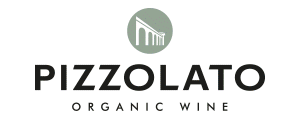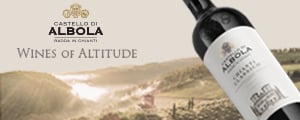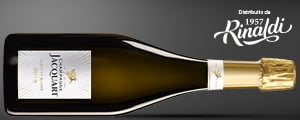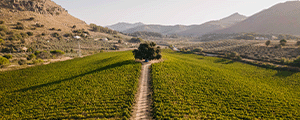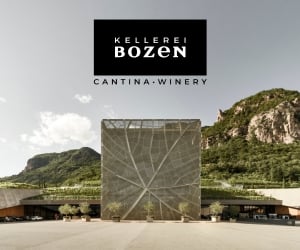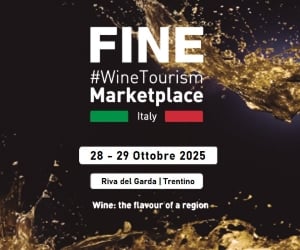District no. 1 in Italy in terms of exported value, a land of wine excellence envied worldwide, Barolo and Barbaresco in primis, and of such unique beauty that in 2014 it entered the list of UNESCO World Heritage Sites with the inclusion of the Langhe, Roero and Monferrato wine-growing landscapes, the Langhe, Piedmont’s pride and joy, are inextricably linked to wine, finding an “ally” in the other “masterpiece” fruit of the earth, the truffle, to which the “International Fair of the White Truffle of Alba” is dedicated, in the territory’s capital, an event now close to a century old and which has gone from territorial to global. All aspects that have contributed to tourism taking off, with a real three-digit boom, an important result and one that has generated positive spin-offs, but also reflections, so much so that the Langhe was among the first territories to question the future of this phenomenon. Therefore, in the search for a balance that embraces the maintenance of one’s own identity, given by the protagonists of this land, the real added value, and the opening to the outside world, also because tourism is a fundamental item in the territorial economy. These are balances that are not easy to find, especially in a rapidly changing world, and they also affect many other wine territories characterized by small towns and their communities.
How to “Keep the Bar Straight. That is, how to continue to ensure a high positioning of tourism in the Barolo area”, was discussed at a seminar promoted by the Strada del Barolo e dei Grandi Vini di Langa, in recent days at the Enoteca Regionale del Barolo, in Barolo, to take stock of the current state of tourism in the area, taking into account both the transformations taking place in the behaviors and expectations of visitors, and the dynamics related to tourism development and its sustainability. An area that has long recorded tourist flows capable of generating significant economic relapses, to the point of having made tourism a strategic sector for the development of the territory with current data highlighting, not coincidentally, how the average per capita expenditure of tourists is estimated at around 250 euros per day against a national average of around 120 euros. Tourism development in recent decades, it is argued, has been largely spontaneous, unplanned, the result of hunches and opportunities seized in the moment. Today, however, there is a need for reflection on a clear and shared strategy involving the public and private sectors, based on common goals and shared rules. But there are also changes to be taken into account because, Strada del Barolo pointed out, if in past years, about 90% of visitors were genuine wine enthusiasts, often experts, curious and eager to enjoy high-level wine and food experiences, today we are witnessing the arrival of new segments of the public: people less interested in wine, but attracted by other components of our territory, such as landscapes, outdoor activities, biking, nature or cultural trails. Or couples who are choosing to stay in apartments with kitchens, preferring to do their own shopping and eat their meals in their own (often very high-end) facility, thus avoiding hotels and restaurants every night. This is a change that raises questions, but it also represents a new reality to which we must know how to respond.
Many insights emerged from the working tables and that, of course, concerned the world of wine and wineries, particularly on the role they play in wine tourism development. Fundamental is teaming up, and, on the idea of the “tourist we want”, it is recorded that it is not intended to make a trivial selection on the basis of spending capacity, also because often, for example, young people who today cannot afford to buy very expensive wines maybe in the future they will. The tourist we want is the one who respects our fragile territory, is curious about our history, identity and values, and is eager to increase his or her wine culture and learn about the territory that produces it. This value choice is the basis of the high and conscious positioning we desire, where sustainability of experience comes before quantity or immediate return.
One aspect that is given special emphasis is the need for staff training, and this is because tourists do not always have the opportunity to come into contact with winery owners, who are often engaged in production activities. Hospitality is therefore left to the staff, making the issue of training crucial. Those in charge of reception must be up to the role: knowing how to convey the winery’s history and values, and how to manage the experience competently. The wineries, which also have an “educational function”, are the ones charged with the delicate task of “wine storytelling”, which must live up to a product, such as Barolo, that is among the most prestigious reds in the world.
But there is also a need to “say no” and thus take into account the limits regarding the maximum number of people visiting a winery on a daily basis (but also per single visit), keeping in mind that not all wineries can or should accommodate large groups. It is also suggested that attention be paid to the quantity of wines being tasted because offering too many wines in a single visit is confusing and unsuccessful, not to mention what have been referred to as “out-of-context requests”. Because wineries are places of agricultural production: they are not restaurants and they are not spaces in which to hold bachelorette/bachelorette parties, apericena, evening events or private parties. Defining these limits does not mean excluding, but protecting the quality of the experience and the identity of the winery. It also means rejecting the logic that “one must grow indefinitely” by governing the limits while respecting the context and one’s own frailties.
The belief is that the future of the territory is not in the luxury segment, but in a “premium” segment, based on authenticity, quality and strong identity because the true uniqueness of the territory lies not so much in products or landscapes (common to other competitive contexts), but in the way people live, welcome and tell about that territory.
Copyright © 2000/2025
Contatti: info@winenews.it
Seguici anche su Twitter: @WineNewsIt
Seguici anche su Facebook: @winenewsit
Questo articolo è tratto dall'archivio di WineNews - Tutti i diritti riservati - Copyright © 2000/2025










